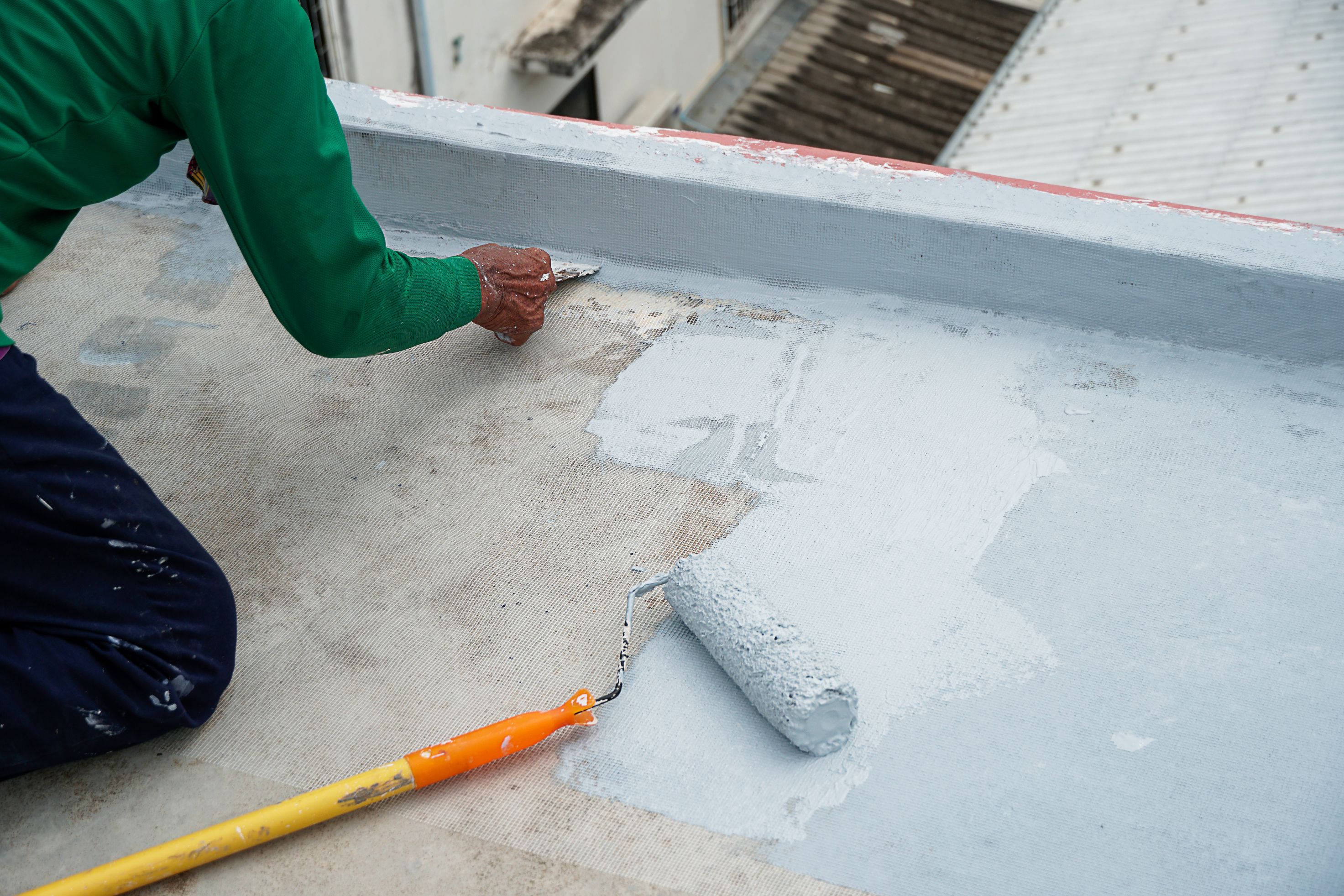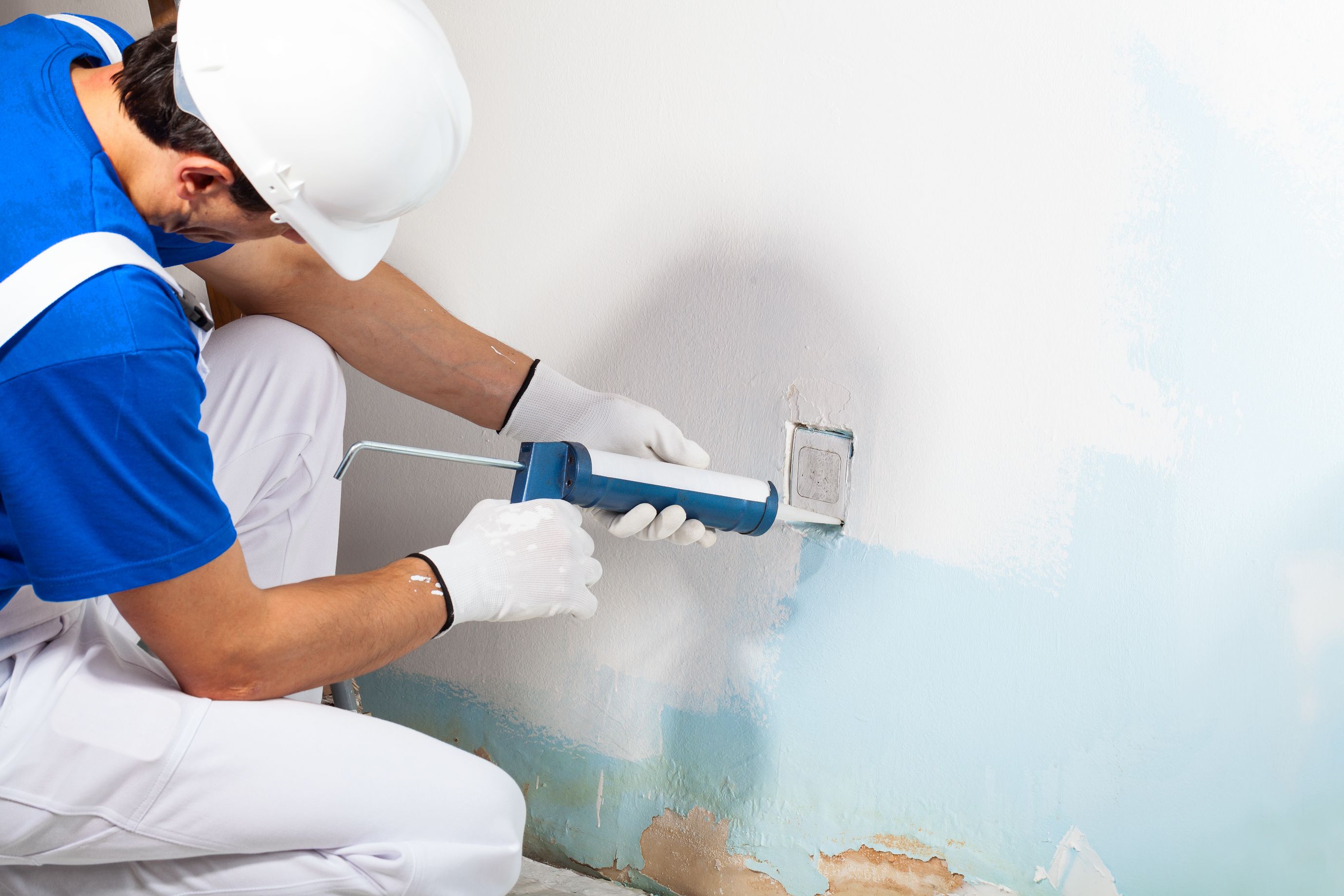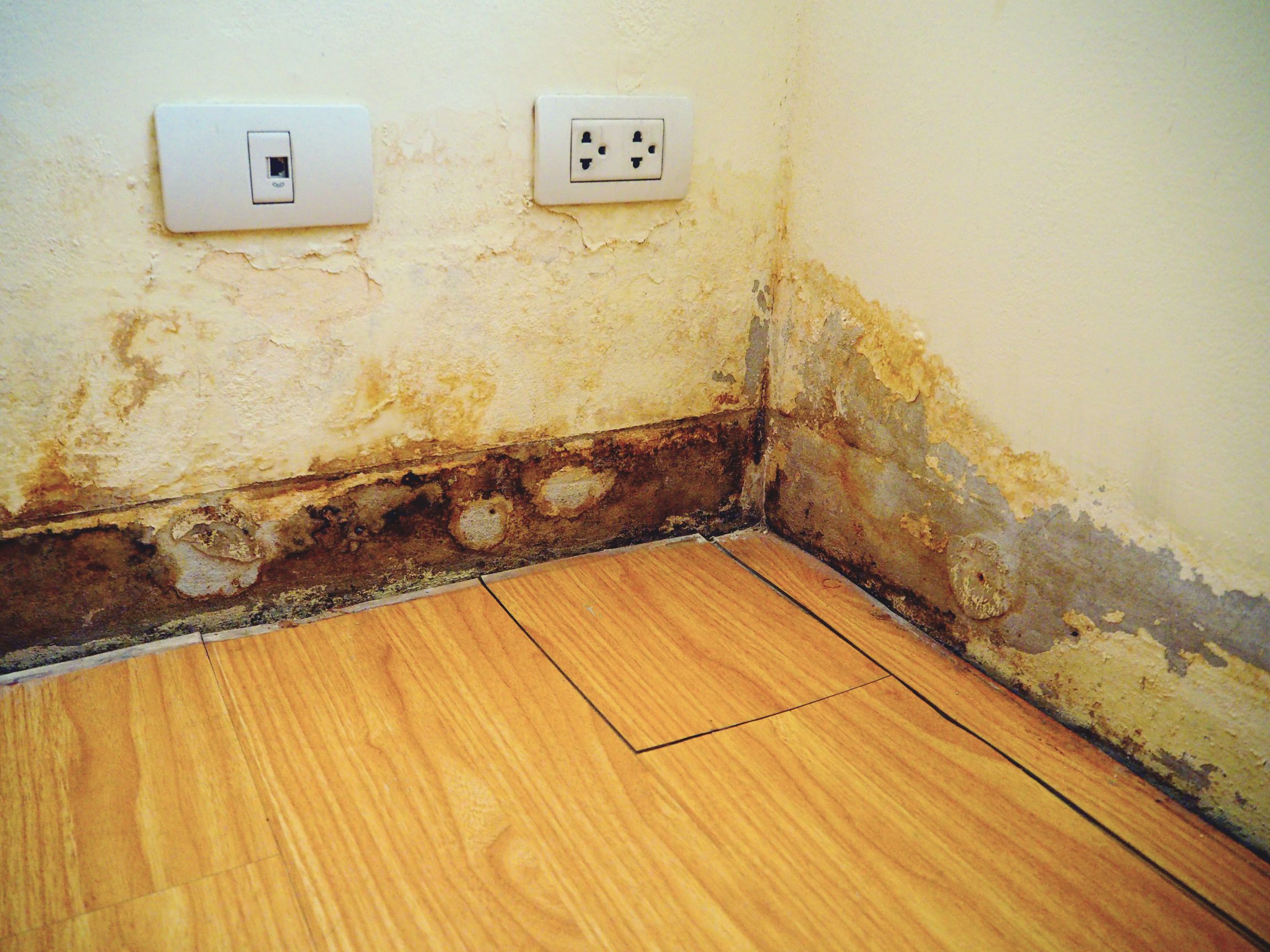
To protect your investment and ensure the security of your family, it is essential to protect your property against torrential rain and flooding. Here are some waterproofing solutions for your home.
Monsoon and Flood Preparation Tips for Your Home
It is important to protect your home from monsoon and flood-like situations. Here are some of the tips for your home:
Waterproof the Exterior

Start by looking for weaknesses in the exterior of your house. Waterproof exterior walls and roof, and prevent water from entering via windows and doors, use weather stripping. Maintain your siding on a regular basis, and replace any missing or broken shingles right away.
Tips on Inspecting and Maintaining the Roof
Your first line of defence against water damage is a properly maintained roof. Every year, check it for loose or broken shingles, flashing problems, and gutter problems. To keep your roof watertight and prepared to weather torrential rain and storms, address any issues right away.
How to Seal Gaps and Cracks in Your Home’s Foundation
Check the foundation of your house for any cracks or openings where water could sneak in. Use epoxy or waterproof caulk to close these gaps. To direct water away from your home’s foundation, think about putting a drainage system around it.
Landscaping Strategies to Prevent Water Buildup
The risk of water accumulation can be considerably decreased by appropriate landscaping. To encourage water runoff, make sure your yard slopes away from the home. To stop soil erosion, plant vegetation that absorbs water and apply mulch. If necessary, put in a French drain or swale.
Protecting the Interior

Protecting the interior walls during the monsoons is just as important as keeping your house intact.
Strategies to Waterproof Your Basement
Particularly susceptible to floods are basements. Apply sealants to your walls, flooring, and basement to prevent water from entering. Consider constructing a perimeter drainage system and a basement waterproofing system.
Installing Sump Pumps
A vital aid in preventing basement flooding is sump pumps. To remove extra water during severe rains, install a trustworthy sump pump with a battery backup system. To ensure proper operation, test it frequently.
Precautions During Heavy Rains and Floods
By keeping an eye on weather notifications, you can stay informed amid heavy rain. Some steps can be taken to ensure the safety of your home:
Seal Basement and Lower Level Walls and Floors
Seal basement walls and floors with waterproof paint coatings to reinforce your lower levels. In order to direct water to a sump pump, think about building an interior drainage system. To guarantee the efficiency of these precautions, regularly inspect and maintain them.
Post-Flood Recovery

To prevent the growth of mould after a flood, remove water-damaged items as soon as possible and completely dry the affected regions. For structural evaluations and repairs, seek professional assistance.
Use of Cleaning Products
Use the proper cleaning supplies and disinfectants while cleaning up after a flood to keep the area safe. Properly dispose of infected goods and ventilate the area to lower the moisture content.
Use of Moisture Metres
To determine the amount of moisture in walls and floors, a moisture meter is a useful tool. Use it to find concealed water damage and make sure the damaged areas are dried completely to avoid long-term issues.
Professional Services for Restoration and Repairs
Engage the services of specialised restoration and repair professionals for severe flood damage. They are equipped with the knowledge and know-how to quickly and safely restore your home to its pre-flood state.
Conclusion
A proactive strategy and routine maintenance are needed to protect the house from rain and flooding. Remember that your best tools for keeping your house dry and safe, especially during extreme weather conditions, are preparation, prompt action, and professional aid when required.
FAQs
How can I protect my house from floods?
Elevate utilities, seal gaps, use sandbags, and think about flood insurance if you want to safeguard your home against flooding.
How can I protect my house from rainwater?
Maintain your gutters, direct runoff away, plug gaps, and waterproof surfaces to protect your home from precipitation.
What are the most important safety precautions to follow during a flood?
Prioritise safety during a flood by moving to higher ground, cutting off the power, and avoiding flooding.
What should be included in an emergency kit for flood preparedness?
Food, water, clothing, a first-aid kit, flashlights, batteries, and documents should all be included in an emergency flood kit.
What are some tips for emergency preparedness in case of a flood?
Keep yourself informed, make an escape plan, stock up on supplies, elevate valuables, and pay strict attention to weather alerts.

 Get in Touch
Get in Touch